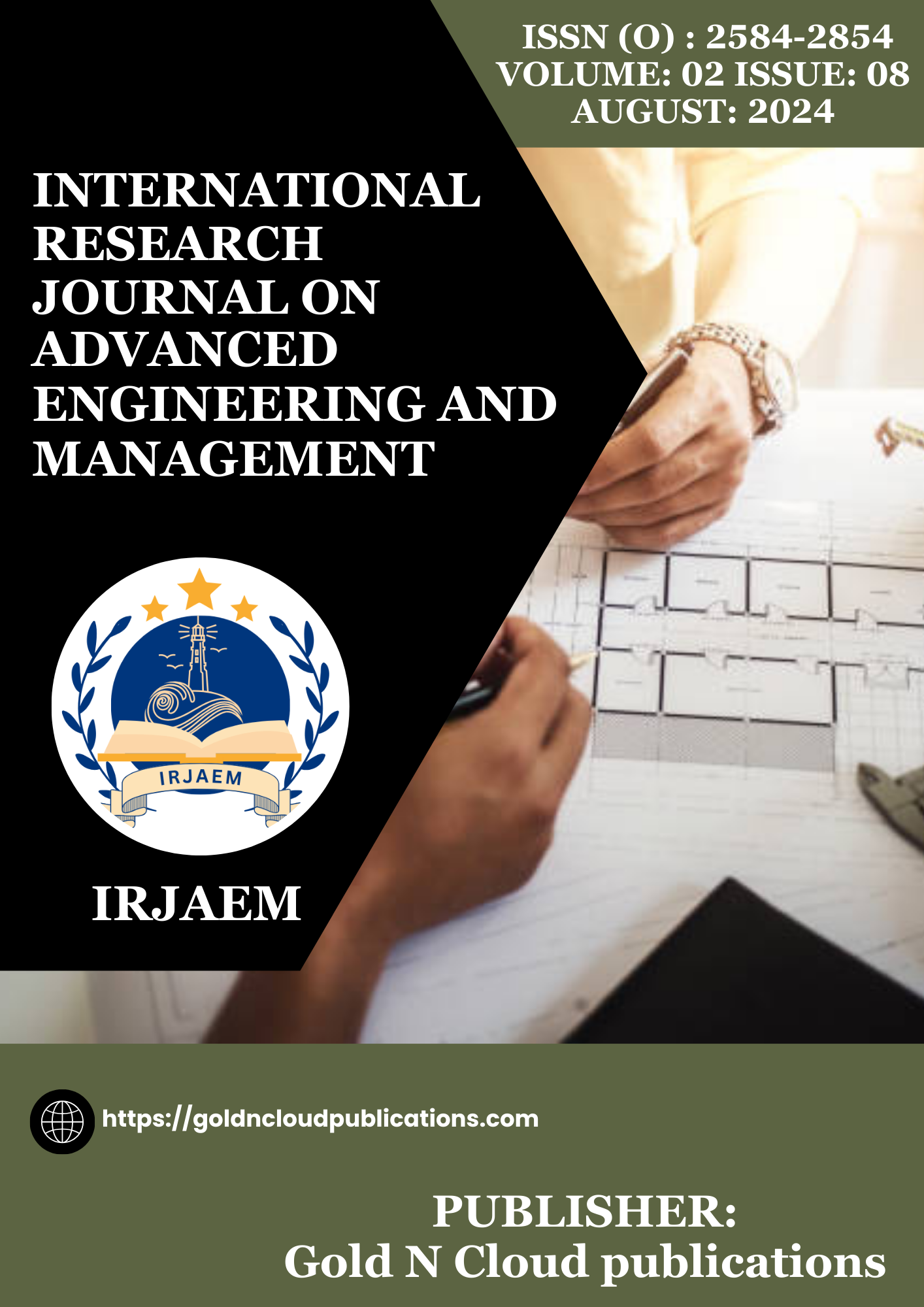Seismic Behaviour of Steel Building with And Without Bracing System by Performance Point
DOI:
https://doi.org/10.47392/IRJAEM.2024.0356Keywords:
Seismic analysis, Steel structure, Pushover analysis, Performance point, Non-linear behaviour of structureAbstract
Steel structures have been playing an important role in the construction industry in recent years. It is necessary to create a model that performs well under seismic loading. Seismic performance of multi-storey steel framed buildings is designed as per the provisions of the Indian Code (IS 800 -2007). The ductility of the structure can be increased by adding steel support to the structure. There are different types of support for retrofitting. X-brace, diagonal brace, V-shaped brace, inverted V-shaped brace etc. There are many ways to prepare steel supports such as: The frame of the building is designed with or without different types of connections such as diagonal, X-brace, V-brace and inverted V-brace, which will be considered in this study. The performance of each frame was examined by nonlinear static analysis (pushover analysis) using the ETABS-2021 software package. The comparison of braced and unbraced frames was based on the examination of base shear forces, hinge consequences and lateral displacements of different frames. Compare the response curves and performance points of different frames with and without support systems to know the relationship between the various frames involved.
Downloads
Downloads
Published
Issue
Section
License
Copyright (c) 2024 International Research Journal on Advanced Engineering and Management (IRJAEM)

This work is licensed under a Creative Commons Attribution-NonCommercial 4.0 International License.


 .
. 